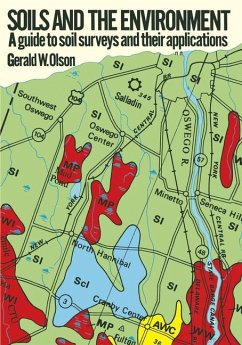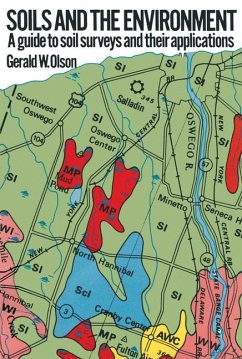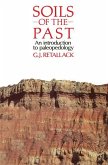As we enter the last decades of the twentieth century, many persistent and perplexing problems continue to afflict humankind. Thus it is appropriate to address, in a new group of books, two of the monumental issues that haunt people throughout the world. Soils and the Environment by Professor Gerald W. Olson is the first book in this new publish ing program on Environment, Energy, and Society. The purpose of all these books will be to explore the many interrelated facets of these topics and to provide guidance for deal ing with problems and offering ideas for their solutions. Environment and energy are twin problems that occupy what many believe to be opposite sides of a two-headed coin. They are often viewed as being antithetical and incompatible. The various books in this program will try to place in perspective the options that are available to those who design policy and plan and manage societal matters. Typical of books being developed currently are ones on coal resources, environmental geoscience, environmental pollution, land-use planning, nuclear energy, mineral resources, and water resources. However, because soils are at the very heart of civilization and provide the building block for human sustenance, it is fitting to inaugurate this series with Dr. Olson's timely analysis of soils. Unfortu nately, these most vital resources seen. to have low priority in many farming enterprises, urbanization projects, deforestation schemes, and mining and developmental terrain changes.








